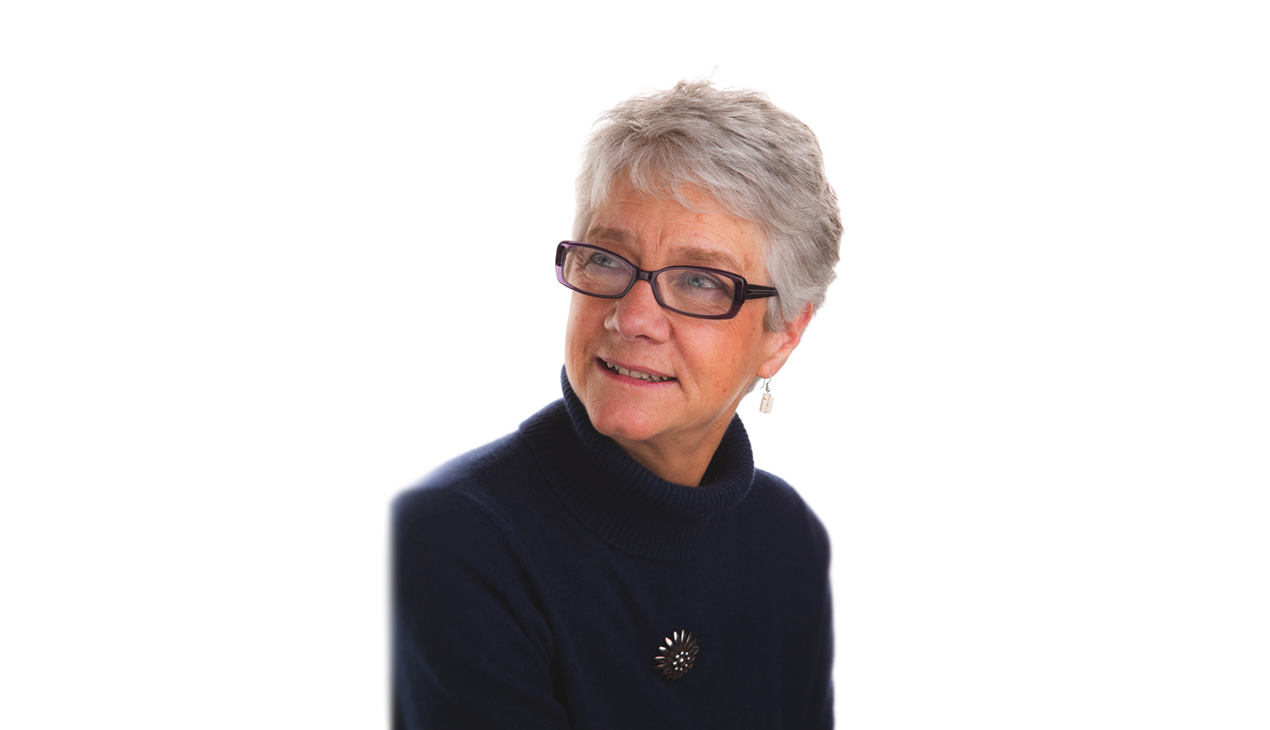In labs across the world, scientists have found ways of extending the lives of a range of organisms – from microscopic worms and flies to mice and monkeys. They’ve extended the life of worms, for example, up to ten-fold. Could they do the same for humans?
Could we live for 150, 500, 1,000 years or more? These are the questions that most excite the media and the public about ageing research, or gerontology to give it its professional name. But what a terrible prospect those extra years would be if they were dogged by the aches and pains, frailty and befuddlement that so many elderly people experience. The far more important question for gerontologists, therefore, should be – and is – can we extend the “healthspan” (the years without infirmity), rather than the lifespan? Can we add life to years, rather than years to life? There’s reason for optimism.
The biggest risk factor for a many conditions, from stiffening joints, thinning bones and waning energy to heart failure, cancer, stroke and dementia – is old age. Slowing or ameliorating the ageing process will reduce the risk of developing these conditions.
At research’s cutting edge is the study of senescent cells. Our bodies grow and repair themselves through cell division, when a cell’s genetic material is copied and a daughter cell hived off from the mother. Because errors in copying the DNA creep in over time, leading to mutations that might be harmful or even fatal, dividing cells have a finite lifespan. But cells that reach the ends of their replicative life don’t die – they senesce. Senescent cells are generated from babyhood onwards, and are part of a mechanism to protect us from cancer caused by cells with corrupted DNA.
Normally, senescent cells are cleared away by the immune system. But as our immune system itself weakens with age, senescent cells accumulate and begin to damage tissues. As they continue to metabolise, they secrete substances that chew up the collagen, which holds our cells together. Collagen fibres keep our skin firm and young; as it degrades it leaves wrinkles and saggy bits. It also leaves spaces that give precancerous cells that may have been lurking there, held in check by firm young tissue, room to proliferate. And the secretions from these no-longer-dividing cells encourages constant, low grade, below-the-radar inflammation, which is one of the driving forces of ageing.
Scientists have found drugs that can wipe out senescent cells altogether. They’ve also found ways of rejuvenating them so they can divide again and resume normal function. I’ve watched them do so under a microscope, and it was awesome! The ones I saw were rejuvenated with a drug, but tinkering with the caps on the chromosomes that mete out their lifespan can have the same effect.
There are, however, serious drawbacks to these strategies. It turns out that senescent cells have some beneficial attributes too. They secrete substances that promote efficient wound healing, and clearing them from the system inhibits tissue repair. And the drawback with turning back the clock so that senescent cells can divide again is that this would override our bodies’ anti-cancer mechanism, possibly giving free rein to corrupted DNA – a prospect that worries the socks off the scientist who showed me the rejuvenated cells under the microscope.
What’s needed is for the scientists to refine the drugs and techniques so they can control senescent cells to preserve their benefits while minimising their harm. Such prospects are a long way from the clinic. But the great value of research so far is that it demonstrates clearly that ageing, though inevitable, is “plastic”, not fixed. It can be altered.
Inspired by this profound insight researchers in many areas of gerontology are looking deep into our biology and revealing tantalising clues to what might be possible in minimising the miseries of old age. To be able to strike at the roots of the tree rather than its individual branches they need public support for much better research funding.
Borrowed Time: The Science of How and Why We Age by Sue Armstrong is published by Bloomsbury Sigma (£16.99)




Leave a reply
Your email address will not be published.